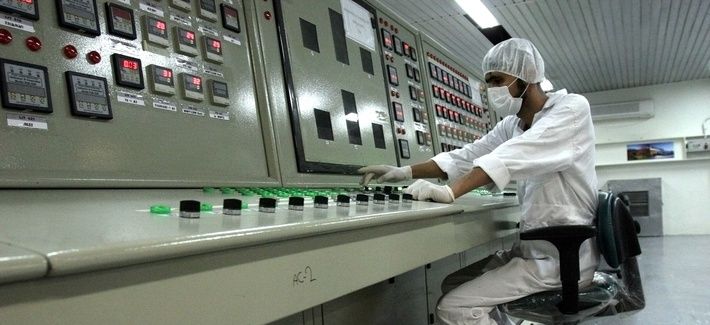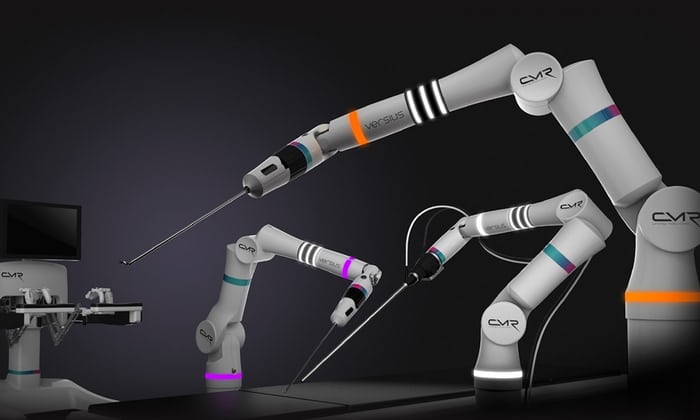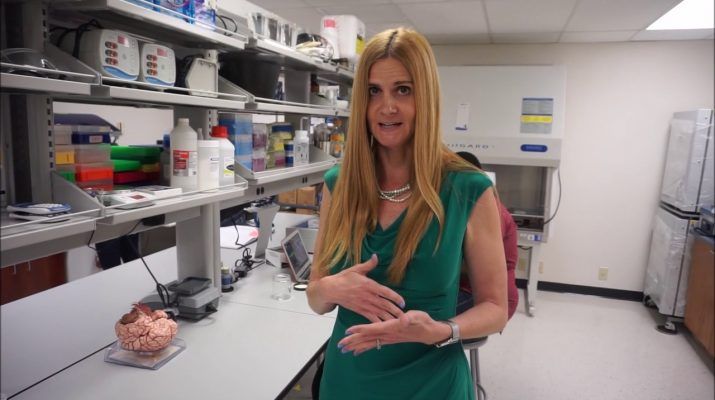Note by note, machines are learning to express themselves. But if you think the fusion of artificial intelligence and music is bound to produce soulless, robotic-sounding tunes, Taryn Southern urges you to give our weird future another listen. The singer and internet personality is prepping what she calls the world’s first AI-composed album, I AM AI. Of course, others have dabbled in AI-generated music, and the finished product is not entirely computer-composed (the lyrics and vocal melodies were written by Southern), but the human intervention is minimal. The output isn’t exactly Grammy material, but it’s not far off from something you might hear on a pop playlist on Spotify.
Using AI music creation software by Amper, Southern plugged in various parameters like mood, style, and tempo to auto-compose the underlying chords and instrumentation. The album will even be distributed online through Stem, a platform that allows royalties to be divvied up between various creators. So not only will machines write music in the future, they might even get paid.









